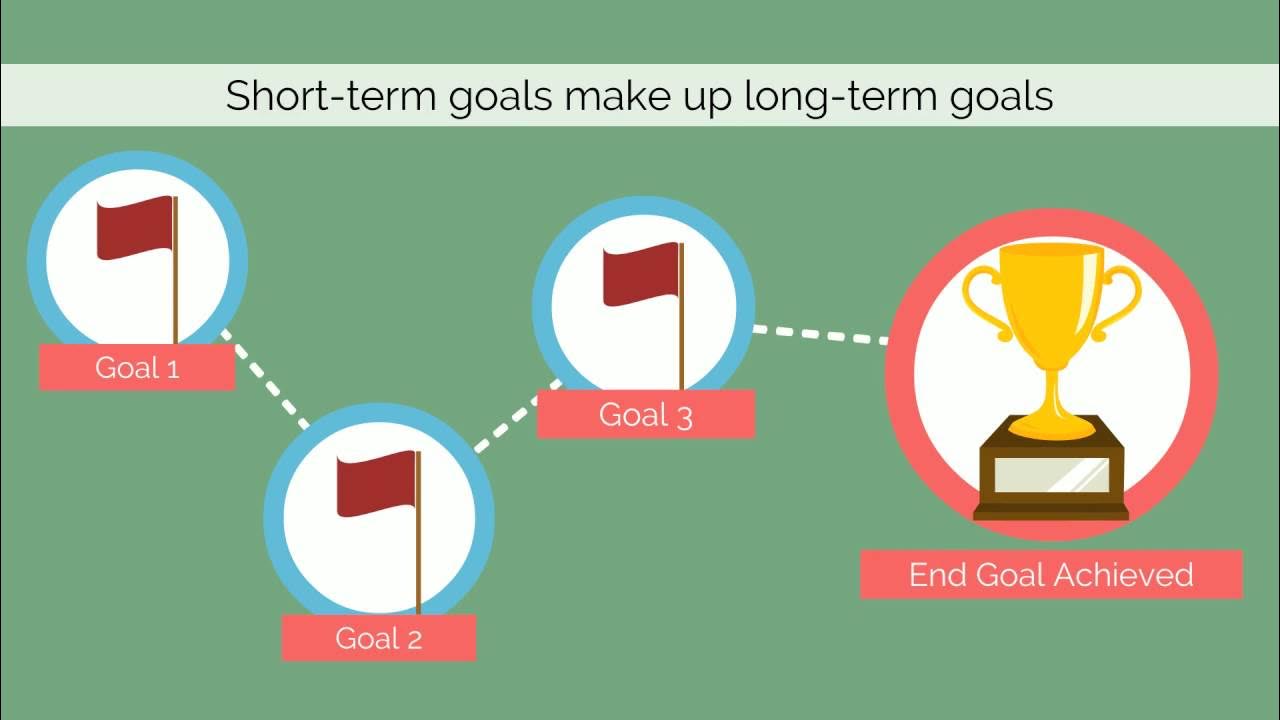How To Make a Terrarium: An In-Depth Tutorial
Summary
TLDRIn this detailed guide, the process of creating a beautiful and self-sustaining terrarium is broken down step-by-step. From selecting the right container and making a drainage layer to preparing a perfect substrate mix, adding decorative hardscapes like rocks and wood, and choosing the ideal plants and mosses, this video covers all the essentials. The importance of introducing springtails for a balanced ecosystem, correct watering techniques, and lighting options are also discussed. Whether you're a beginner or a seasoned creator, this video provides all the tools needed to design and maintain a thriving terrarium.
Takeaways
- 😀 Choose a container with a wide opening and a lid for easy access and humidity control.
- 😀 For the drainage layer, use small stones, pea gravel, or leca to allow excess water to sit without harming the plants.
- 😀 Use window screen mesh as a substrate barrier to prevent the soil from mixing with the drainage layer.
- 😀 Make a well-draining substrate mix with cocoa fiber, sphagnum moss, orchid bark, charcoal, and worm castings.
- 😀 Play around with the hardscape (rocks, wood, etc.) to find a layout that suits your aesthetic before planting.
- 😀 Select the right moss for your terrarium: fern moss, cushion moss, or mood moss, depending on the effect you want.
- 😀 Choose plants that thrive in humid environments, like peperomia, fotonia, and hydrocotyl.
- 😀 Use tweezers to gently plant moss and other plants, pressing them lightly to help them take root.
- 😀 Introduce springtails into your terrarium to help break down organic matter and provide natural fertilizer for the plants.
- 😀 Mist your terrarium lightly with water, but avoid overwatering. It's better to underwater than overwater in a sealed container.
- 😀 Place your terrarium in indirect sunlight or under a display LED light for 12 hours a day, and open it every 1-2 weeks to refresh the air.
Q & A
What is the most important consideration when choosing a container for a terrarium?
-The most important consideration is the ease of access to the interior of the container. Containers with wide openings are easier to work with, while narrow openings can make it difficult to add materials or plant the terrarium.
Why is a drainage layer necessary in a terrarium?
-A drainage layer is necessary to prevent water from accumulating at the bottom of the terrarium, which can cause root rot and other issues. It allows excess water to drain away and ensures the substrate remains well-draining.
What materials can be used for the drainage layer?
-You can use materials like pea gravel, leca (light expanded clay aggregate), or small stones found outside. The key is to ensure the materials are small enough to allow water to flow through without clogging.
Why is window screen mesh used in terrariums?
-Window screen mesh is used as a substrate barrier to prevent the soil or substrate from falling through the drainage layer. It also allows water to pass through while keeping the substrate in place.
What are the components of the substrate mix for a terrarium?
-The substrate mix consists of 1 part cocoa fiber, 2 parts sphagnum moss, ¼ part orchid bark, ¼ part charcoal, and ¼ part worm castings. This mix retains moisture, resists compression, and provides nutrients for the plants.
How do you prepare cocoa fiber for a terrarium substrate?
-Cocoa fiber comes in a dry brick form, which needs to be rehydrated with water before use. Once hydrated, it expands significantly, and you can measure it out to mix with the other substrate components.
What role does moss play in a terrarium, and which types are recommended?
-Moss helps maintain humidity and adds visual appeal. Cushion moss, fern moss, and mood moss are all good choices. Cushion moss is slow-growing and vibrant, while fern moss gives a forest-like feel and mood moss grows faster.
Why is it important to experiment with the hardscape layout before planting?
-Experimenting with the hardscape layout allows you to create a visually pleasing and stable structure for the terrarium. Adjusting rocks and wood pieces helps ensure a good balance and ensures the plants will fit properly.
What is the purpose of adding springtails to a terrarium?
-Springtails are beneficial because they consume mold and decaying organic matter, turning it into fertilizer. This helps maintain a healthy ecosystem inside the terrarium by preventing mold buildup and providing nutrients to the plants.
How often should a terrarium be watered, and how do you know when it's time?
-Terrariums need very infrequent watering, especially if they have a sealed lid. It’s important to mist lightly, ensuring the substrate is damp but not soggy. Check the terrarium periodically; if it's too wet, it may need less water, but if the substrate is too dry, a light misting will help.
Outlines

此内容仅限付费用户访问。 请升级后访问。
立即升级Mindmap

此内容仅限付费用户访问。 请升级后访问。
立即升级Keywords

此内容仅限付费用户访问。 请升级后访问。
立即升级Highlights

此内容仅限付费用户访问。 请升级后访问。
立即升级Transcripts

此内容仅限付费用户访问。 请升级后访问。
立即升级5.0 / 5 (0 votes)






